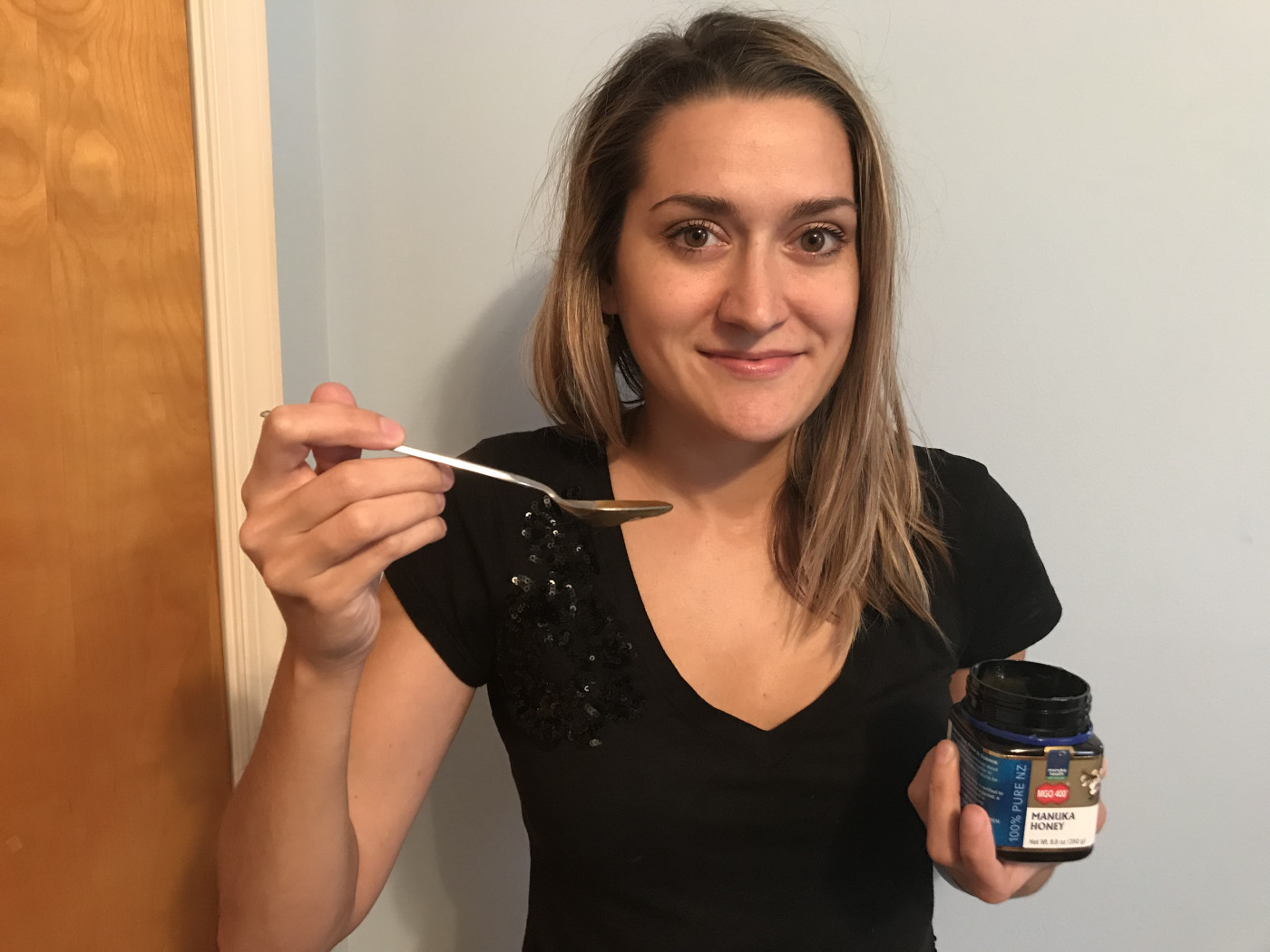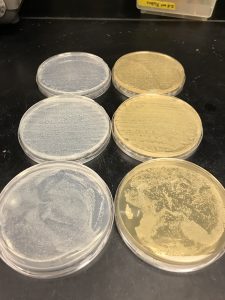As Both Patient and Scientist, I’m Putting Nature’s Medicine to the Test

I peered into one of the incubators that stored my petri dishes for 24 hours, anxious to see whether I would discover discoloration and unevenness on the surface, which would have indicated that my experiment produced favorable results. I wanted to see a visual representation of whether manuka honey kills the stubborn Pseudomonas bacterium, which dwells in nearly half of the lungs affected by CF.
I’m a microbiology lab scientist, plus an inquisitive writer. I also consider myself an informed, self-advocating realist. Life experiences have taught me that I am solely responsible for my health. I strive to keep my health stable through prescribed medications, healthy diet, and some natural supplements.
During my college years, I focused on the environment, especially the living parts that we can’t see but that are essential to the cycle of life — bacteria. It just so happens that certain ones are, understatedly, little pests for people with CF. The lung bacteria of people with CF birth many symptoms and infections.
Ask questions and share your knowledge of Cystic Fibrosis in our forums.
I continually fight Pseudomonas aeruginosa, my nemesis bacterium that spikes fevers within days of overwhelming my immune system and that has caused countless infections, leaving my lungs with pockets of dead tissue. I take antibiotics frequently, but I also believe that naturally derived compounds can have positive effects. So, despite my disdain and nausea, I sometimes supplement garlic, which contains the antibacterial compound ajoene. I’ve also consumed manuka honey; this I’ve done more religiously, as it tastes more like candy than any “medication.” Manuka honey contains the natural antibiotic methylglyoxal, a compound that fights relentless Pseudomonas by causing its cells to burst and die. I took a spoonful a day for a few years until recently. Maybe I stuck to this exorbitantly priced, palatable remedy merely because of its taste and the flawed logic that expensiveness is indicative of effectivity.
I had the idea to test the effectiveness of the honey on my sputum. My mucus grows many species of bacteria, but Pseudomonas is a primary component, so it’s easy to propagate in the lab setting.
Yes, I took a sputum cup of mucus into work. When inoculating the vials with the bacteria, I was slightly anxious that my lab mates might freak out at the sight of the hazardous and vile-looking green blobs. Then again, they work with wastewater from treatment plants, so it really shouldn’t phase them.
I tested a concentration of 15 percent weight per volume of manuka honey, a choice informed by published studies. I tested half of the petri dishes with honey mixed into the nutrients for the bacteria and the other half without the honey. The dishes with the honey should have less bacterial growth if the treatment works. (If you want more detail on the process, drop a comment below this column.)
After the 24-hour incubation period, I was excited to see the results of science that we as patients typically do not participate in. We provide our sputum samples during doctor’s appointments, then labs perform antibiotic resistance tests, and results are returned as values on a piece of paper indicating resistance or susceptibility. We don’t see the process. I was doing this same research on my own, and in a sense, taking the utmost control of my health.
Admittedly, I was despondent when I saw a pale yellow film covering the entire surface of every single petri dish when I opened the incubator. There was no distinguishing between mucus bacteria treated with honey or without. Is manuka honey all a gimmick? Had I been shelling out over $40 a bottle just for a tasty treat?
I did not perform a perfect experiment — there is no such thing. However, I did perform it to the best of my training and ability. I take the results with a grain of salt, as should you.
Although this honey didn’t kill Pseudomonas in my experiment, it has been shown to do so in others. I’ve become more skeptical of alternative remedies in general, but that doesn’t mean I believe they can’t have positive effects. I’ll now stick to regular honey with a reasonable price tag, but that doesn’t mean I won’t ever buy manuka honey again. I realize that no treatment is a miracle medicine against these relentless organisms, but instead, every small thing can add up and contribute to better health. I’ll still take that spoonful of garlic and manuka honey on occasion in hopes that maybe they’re killing just a couple of them suckers. If they don’t, well, they’re still healthy foods to consume.
***
Note: Cystic Fibrosis News Today is strictly a news and information website about the disease. It does not provide medical advice, diagnosis, or treatment. This content is not intended to be a substitute for professional medical advice, diagnosis, or treatment. Always seek the advice of your physician or other qualified health provider with any questions you may have regarding a medical condition. Never disregard professional medical advice or delay in seeking it because of something you have read on this website. The opinions expressed in this column are not those of Cystic Fibrosis News Today, or its parent company, Bionews Services, and are intended to spark discussion about issues pertaining to cystic fibrosis.










Leave a comment
Fill in the required fields to post. Your email address will not be published.